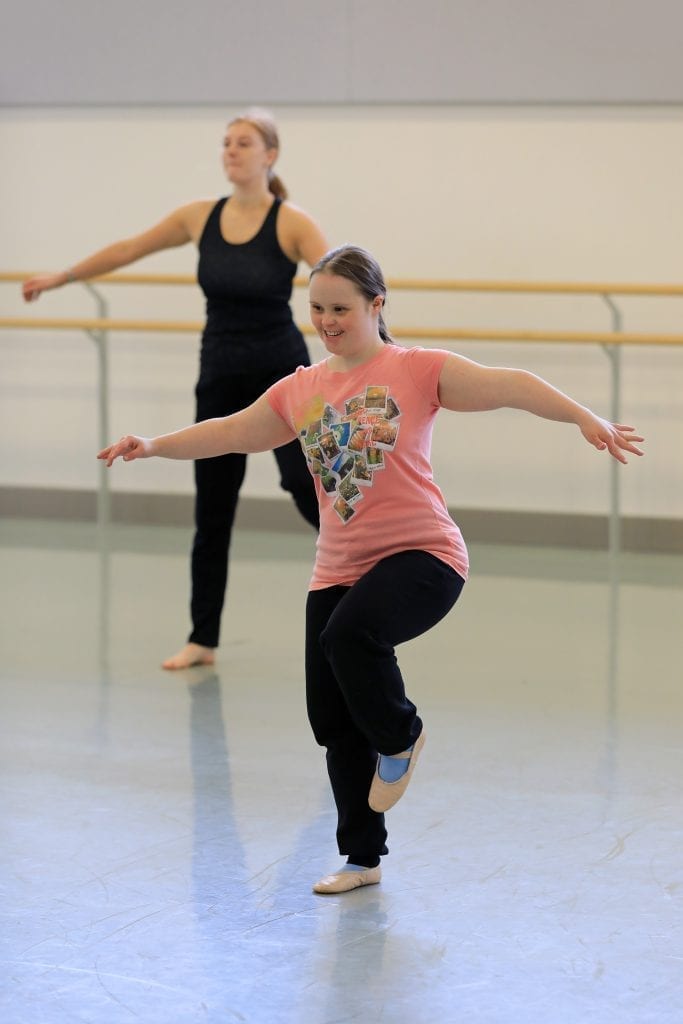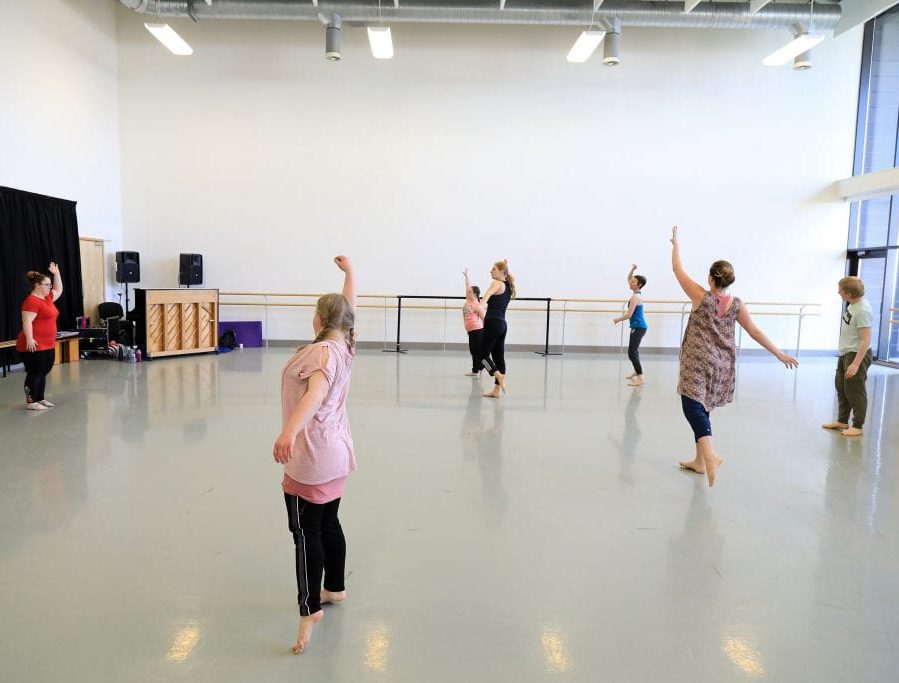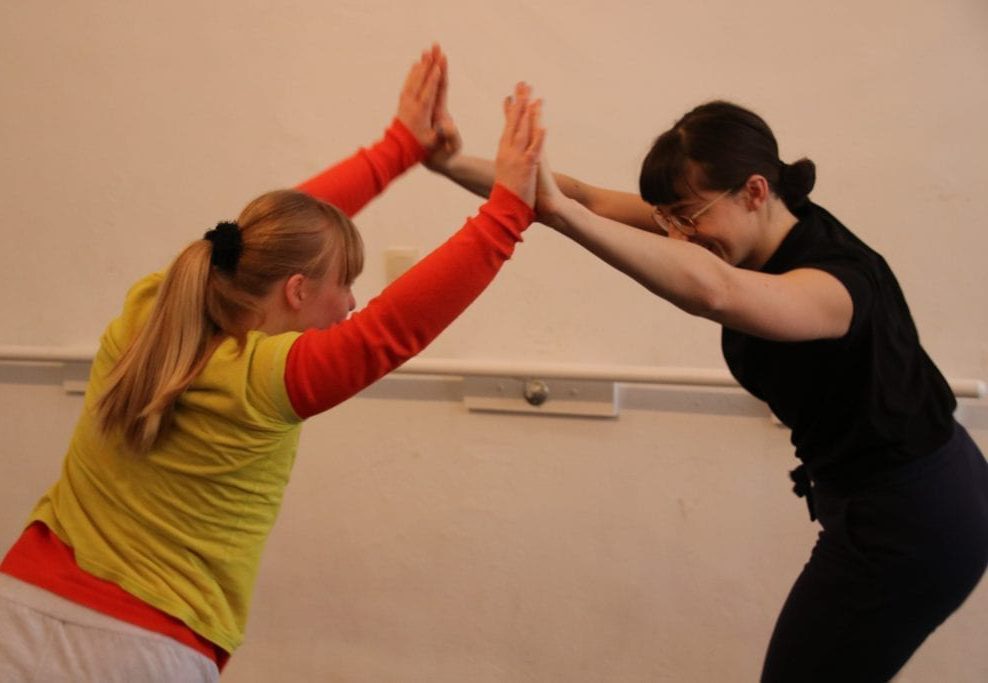Coordination
Coordination is the ability to efficiently control, execute and direct your movements in relation to internal and external factors.
Coordination is the ability to efficiently control, execute and direct your movements in relation to internal and external factors. All movement requires coordination and participating in any dance or movement activity will develop coordination. However, as it is such an important element of movement skill acquisition, it can be useful to include activities that focus specifically on developing coordination.
Coordination activities can be a good opportunity to incorporate other skills that are involved in dance:
* rhythm, timing and musicality
* eye focus
* spatial awareness (inside and outside own kinesphere)
* movement memory
Introducing one element at a time, or layering them gradually, can ensure that a set sequence remains engaging and fun. For example, play with the timing, changing the music and performing the same sequence with a different dynamic, changing where eye focus is on each movement, or changing directions. More information about our approach to creating sequences can be found here.
The purpose of this activity is to develop the dancer’s ability to:
* give clear physical cues to their partner (internal factor)
* respond with speed and accuracy to a partner’s cues (external factor)
* respond creatively to a partner’s cues
* develop new movement vocabulary
* develop spatial awareness
Some dancers will find some roles more challenging than the others, which may affect the outcomes of the activity. People tend to be more comfortable with either leading or following. Regularly changing partners may help and encourage dancers to move out of their comfort zone.
Coordination activities can work within the dancer’s own kinesphere and have an internal focus (for example performing a set sequence in place) or incorporate the wider kinesphere of the studio and develop spatial awareness. This activity involves the latter and demands the dancer negotiates their movement in relation to their partner. Complexity is added if performed travelling, as the dancer also has to be aware of their movements in relation to others in the space.
Why use games in dance?
Games, or activities that involve an element of play, can be a useful teaching approach:
* motivation – play is intrinsically motivating which means they are engaging.
* change the group dynamic – games can lift energy levels when the group are tired or lethargic. They can also be used to lighten the atmosphere, bring a group together or to refocus them.
* creativity – games often require the dancer to respond creatively, so can be a good way to develop new movement vocabulary. They can also develop the dancer’s ability to respond quickly and take initiative.
* differentiation – dancers can choose how they respond so self- differentiation can occur.
For a game to be successful, the structure needs to be clear and simple. Once the dancers have mastered the basic version, additional instructions, options or developments can gradually be introduced to add complexity and challenge.
The European Commission support for the production of this publication does not constitute an endorsement of the contents which reflects the views only of the authors, and the Commission cannot be held responsible for any use which may be made of the information contained therein.



Teaching Guidelines
This activity uses a wide range of teaching methods to appeal to different learning styles. Visual and tactile methods of communication are generally more accessible and effective for dancers with additional learning support needs.
It is important to ensure the dancers understand and can perform the basic version before adding further developments, otherwise accuracy and precision of movement will be difficult to achieve. This can be tested and revisited in different ways to keep it engaging. For example, one of the dancers being the leader for the rest of the group to follow. Or adding the next development without telling the dancers and asking them to work out what you have added.
Once this has been achieved developments could include:
* adding more directions and levels
* adding different speeds and dynamics
* changing the distance between pairs (far apart, close together)
* setting starting points, meeting points, end points or pathways in the space
* changing partners if you pass another pair
* responding by moving in the opposite direction, level or speed
* asking the dancers for their ideas on adaptations or developments to the structure
In this activity we used the following methods of delivery. However, you may find others on the list more suitable for your dancers: :
Auditory
* verbal instructions
* use of voice (intonation, pace)
* use of music/sounds
* imagery delivered verbally
Visual
* physical demonstrations
* visual imagery (picture, object)
Tactile
* tactile cues given by self, peer or teacher
* physical objects
Kinaesthetic
* experience how the movement feels e.g. resistance, pressure, effortless etc.
Feedback
* verbal feedback from peer or teacher
* visual feedback from peer or teacher
* tactile feedback from peer or teacher
* visual feedback and self-correction





